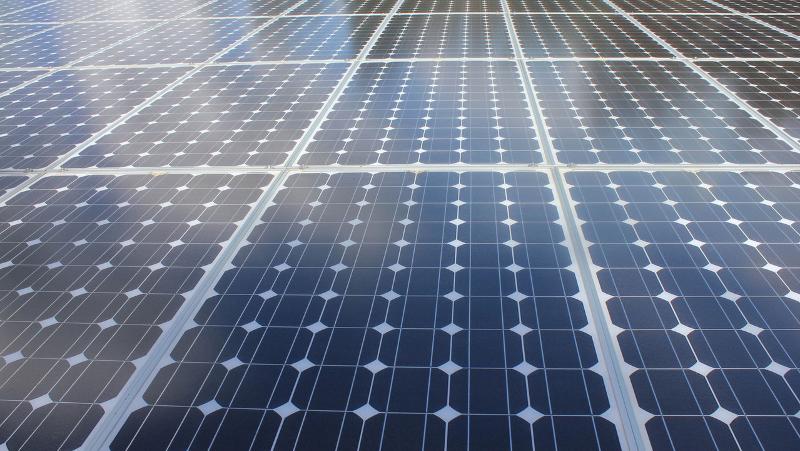
QUT power engineers say Australia's power system must embrace centralised storage solutions to counter the natural variations in solar and wind power generation, rather than burden clean energy providers with responsibilty for grid reliability.
Professor Gerard Ledwich, Dr Yateendra Mishra and Dr Shawn Nielsen from QUT's Science and Engineering Faculty said they supported a Clean Energy Target as a positive way forward, as advocated by Chief Scientist Dr Alan Finkel's independent review of the country's energy future.
But they disagree with the suggestion that new clean energy generators should be obligated to provide essential services to maintain voltage and frequency, with the level of supply set by the market operator.
"We believe that higher levels of intermittency can be dealt with through coordination of storage (pumped hydro or batteries)," they said.
Professor Ledwich, Chair in Power Engineering at QUT, said the need for a system-wide grid plan was very clear.
"My concern is that can be interpreted that all variability of wind farms and solar must be met by new generators of wind and solar," he said.
"In many cases there can be a high level of diversity between sources that can be to the benefit of the grid. It may prove more beneficial for the nation to have some centralised storage control and some diversified to neighbourhoods.
"If there is value then a market for this can be made open to a wider group of players and potentially have distributed storage rewarded for compensating for wind variability.
"Potentially a lower level of storage would be required than having each generator responsible for its own variability. A similar case can be made for some degree of distributed support for voltage. The current fault ride-thru for wind farms is a component of voltage support that is fully appropriate to be absorbed by the wind farm itself.
"Frequency control is being cited in AEMO as a reason for substantial operating changes. I would see that a greater engagement of fast demand management would address a substantial component of the professed need for major changes to inertia. The current under frequency load shedding was inadequate to meet the need to stabilize the previous SA blackout. Monitoring the angle across the interconnector to trigger fast load reduction would address much of the current concerns. There are some immediate needs that seem to require specific conventional fixes but longer term this will be a much more expensive path than developing community responsiveness through reward for battery investment and for engagement to fast demand response.
"In the full report there is acknowledgement of the benefits of customer response to manage their demand. I wish to emphasize that there is also a role that customers can play to system management of voltage and frequency."
Media contacts: Mechelle McMahon / Rose Trapnell, media@qut.edu.au




